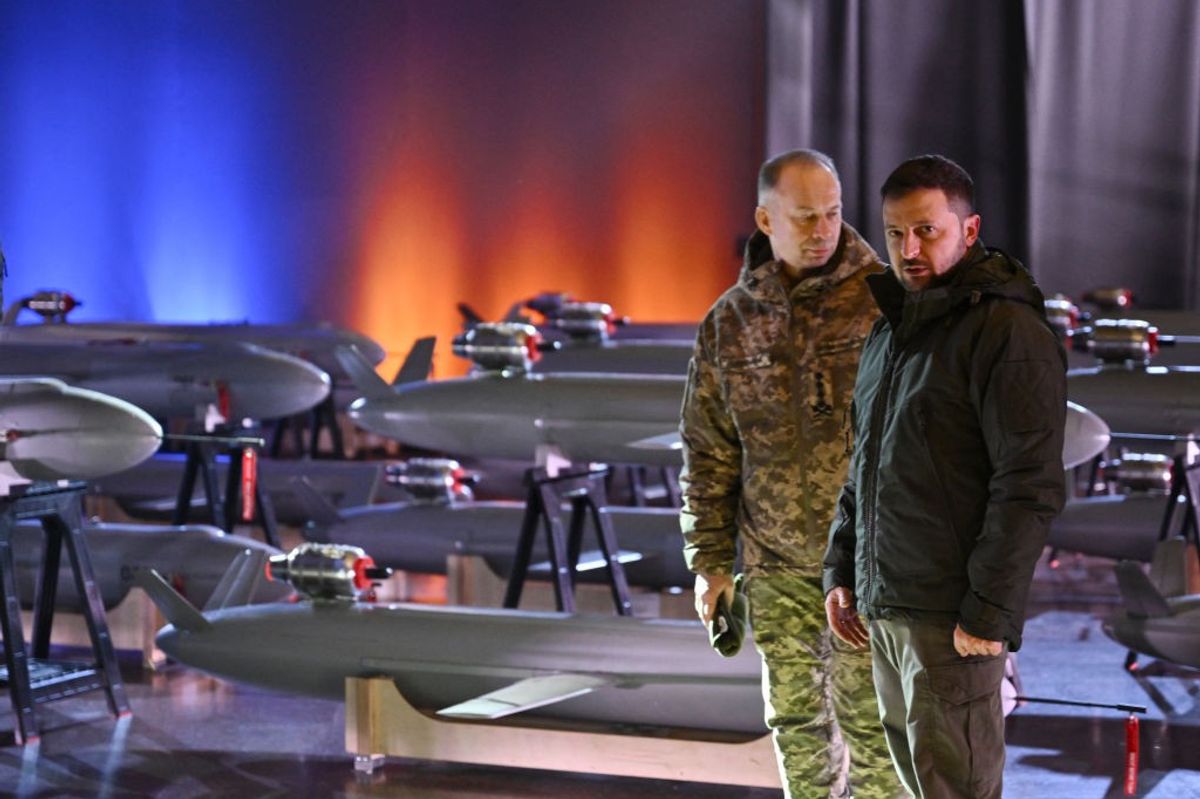Bottom Line Up Front
- Last week, President Trump announced that the U.S. would be deploying an additional 1,000 troops to Poland.
- The deployment is reflective of the changing nature of U.S. alliances in Europe, with non-traditional allies growing much closer to the U.S. over the past two decades.
- The current Polish government, led by the Law and Justice party, holds views that overlap closely with those of the Trump administration.
- Poland has been working to bolster its defenses against further Russian encroachment, not just militarily, but also regarding Moscow’s disinformation efforts.
Last week, President Trump announced that the U.S. would be deploying an additional 1,000 troops to Poland. Polish defense officials have been clamoring for a permanent U.S. military presence in the country amidst an increasing concern over the threat posed by Russia. The U.S. has maintained a presence of between 4,000 and 5,000 troops in Poland in recent years, until the latest addition. The troop deployment would be rotational, rather than permanent, and consist primarily of enabling forces, including logistics support and other non-combat functions. Importantly, the recent agreement would add a squadron of Reaper drones for intelligence, surveillance, and reconnaissance (ISR) missions.
The deployment of troops to Poland is also reflective of the changing nature of U.S. alliances in Europe, with countries like Poland growing much closer to the U.S. over the past two decades. Poland has been a critical U.S. military ally in the post-9/11-era, deploying troops to serve alongside American forces in Iraq and Afghanistan, where its military, including special forces, gained valuable battlefield experience and trained closely with American troops. In February, the U.S. convened a two-day summit in Warsaw, titled 'The Ministerial to Promote a Future of Peace and Security in the Middle East.’ The conference was controversial in some corners of Europe for its perceived focus on Iran, especially given divergent U.S. and European views on Washington’s withdrawal from the Joint Comprehensive Plan of Action (JCPOA), or Iran nuclear agreement.
The current Polish government, led by the conservative Law and Justice party, holds views that many see as overlapping with the Trump administration’s, including a skepticism of the European Union (of which it is a member), and a public stance against the resettling of refugees. Poland has offered to pay $2 billion for the establishment of a permanent U.S. presence in the country. To entice President Trump, his Polish counterpart, Andrzej Duda, even floated the possibility of naming the base 'Fort Trump.' While the U.S. still relies strongly on traditional European allies like the United Kingdom, France, and Germany, Central and Eastern European countries including Poland represent shifting geopolitical realities as the U.S. and NATO reorient forces to counter the Russians. Even as the U.S. seeks to shore up alliances, so too is Russian President Vladimir Putin moving to forge new relationships with European heads of state, including in countries like Hungary and Serbia.
The collective goal of the European Union and NATO is to deter future aggression from the Kremlin, particularly following Russian military actions in Georgia (2008), and those still ongoing in Crimea and Ukraine. Poland, and other European countries, including those in the Baltics and some Scandinavian countries, have been working aggressively to bolster defenses against further Russian encroachment. After nearly twenty years with U.S. Central Command, or CENTCOM, taking primacy over other combatant commands, different regions of the world are now gaining in importance, especially European Command (EUCOM), given the threat of Russian revanchism. After pivoting from operations in the Middle East, the U.S. military is more relevant today than at any point since the height of the Cold War. This is reflected by growing partnerships, but also with operations like Operation Atlantic Resolve, which is funded under the European Deterrence Initiative and includes efforts to reinforce NATO force projection capabilities throughout the region. Defensive measures have also extended to countering Russian disinformation campaigns that have been aimed at destabilizing democratic governments by meddling in national elections.









